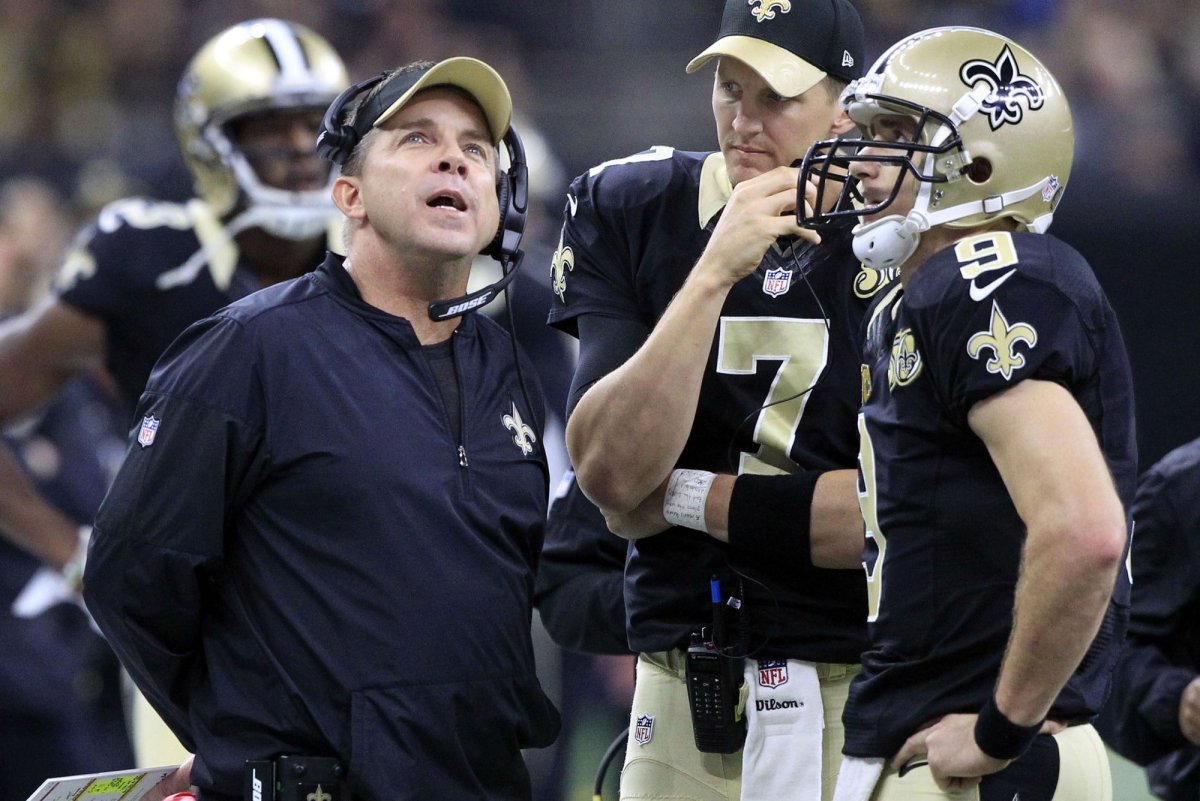The NFL
draft begins this Thursday night and runs through Saturday. For Saints fans,
the last few drafts haven’t gone well. Since 2014, Brandin Cooks has emerged
has a top-flight wide receiver. The bad news is New Orleans just traded him to
the New England Patriots. Saints management justified the trade by claiming
that the extra picks (a first and third rounder) would help rebuild the defense.
In 2015, the Saints did the exact same thing, trading Jimmy Graham and Kenny
Stills for extra draft picks and attempt to rebuild the defense.
Maybe this year it will work better
than in 2015. Despite their needs on defense, the Saints drafted Andrus Peat, a
left tackle, who is now starting at guard. This was a huge overdraft as guards
are much easier to find later in the draft than tackles. Stephone Anthony, a
linebacker taken with the Graham pick, barely saw the field last year as New
Orleans relied on a host of journeymen linebackers. Second round pick Hau’oli
Kikaha missed the entire season with a torn ACL. Third round quarterback
Garrett Grayson was cut and then later resigned to the practice squad. Third
round cornerback P.J. Williams tore his hamstring in 2015 and last year
suffered a concussion that caused him to miss the last 14 games of the season.
The Saints have exacerbated their draft failures by failing to accumulate extra
draft picks by either trading down or staying out of the free agent market to
get compensatory picks.
 |
| The Saints need defensive help. Now. |
In 2017, according
to Bill
Barnwell, the Saints have amassed the fifth most draft capital of any team.
They have multiple picks in the first (1-11, 1-32) and third rounds (3-76,
3-103) along with one pick in the second (2-42), sixth (6-196), and seventh
(7-229) rounds (picks annotated as round-overall pick). The Saints sent their
fourth-round pick to New England as part of the Cooks trade and lost their 5th
round pick in a trade from last year. If the Saints want to rebuild the
defense, they need to do more than just draft two extra players this year. In
2016, the Saints had the oldest roster in the league, according to Football
Outsiders. It was the second time in the last three seasons that the Saints
have led the league in this area. It’s the result of the Saints management
continually devaluing the draft by trading up and drafting only 5 or 6 players
per season. That’s a fine strategy if you’ve a 10 or 11 win team trying to win
the Super Bowl every year, not one who has gone 7-9 the past three years. They
need to get as many young players on the roster and on defense as possible.
They need to trade down or flip their current picks for future ones. Without
the constant influx of young talent, New Orleans has relied on veteran players
who typically cost more and have their best seasons already behind them.
The #Saints 2017 Schedule...in snowballs! pic.twitter.com/tTz93V33Z4— New Orleans Saints (@Saints) April 21, 2017
At the draft this week, the Saints
have two glaring needs that they should address immediately: pass rusher and
cornerback. These aren’t particularly surprising as they’re the same positions
that New Orleans has needed to upgrade for years. Last year the Saints were 30th
in Football Outsiders’ DVOA rankings, with the 29th ranked pass
defense and 28th in adjusted sack rate, knocking down opposing
quarterbacks on only 5% of their dropbacks. This inability to apply pressure or
cover opposing wide receivers meant that opposing quarterbacks completed 65% of
their passes and averaged 274 passing yards per game. For the Saints offense,
this meant they were playing the equivalent of Green Bay’s Aaron Rodgers every
week.
Saints fans better hope that Mickey
Loomis and his staff have gotten better at drafting and developing defensive
talent since 2015. The rest of Drew Brees’ career depends on it.


.png)
.jpg)